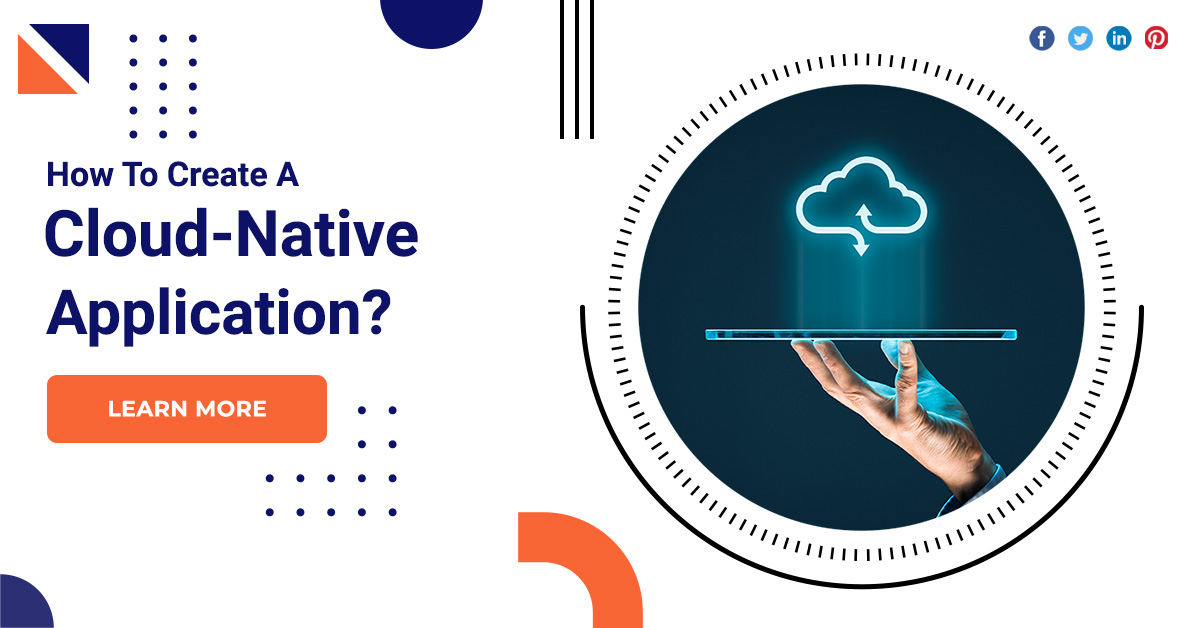How To Create A Cloud-Native Application?
Cloud-native applications represent a modern approach to application development where software systems are designed with cloud scale and capabilities in mind. Cloud-native application builds where possible on open-source technologies with a focus on architectural modularity.
Cloud-native application
Basics of cloud-native application architecture
Cloud-native applications use cloud computing frameworks and their loosely coupled cloud services. Because not all services are on the same server, cloud application developers must network between computers using software architectures. The Services are located on different servers and run-in different locations. At the same time, because the infrastructure that supports a cloud-native application does not run locally, these applications must be designed with redundancy.
Cloud-native app features
Microservices, which are part of a cloud-native application architecture, are packaged in containers that connect and communicate through APIs.
Microservices
Microservices divide an application into a number of independent services or modules. Each service references its own data and supports a specific business objective. These modules communicate with each other through application programming interfaces.
Containers
Containers are a type of software that logically isolates an application and allows it to run independently of physical resources. Containers prevent microservices from interfering with each other. They prevent applications from consuming all the shared resources of the host.
API based
APIs connect microservices and containers while providing simplified maintenance and security. They allow microservices to communicate and act as glue between loosely coupled services.
Dynamically arranged
Container orchestration tools are used to manage container lifecycles, which can be complex. Container orchestration tools handle resource management, load balancing, scheduling restarts after internal failure, and provisioning and deploying containers to server cluster nodes.
Cloud vs cloud applications
The terms cloud-native and cloud-based applications are often confused. Although both run on public, private or hybrid cloud infrastructures, they differ in design as follows:
Cloud applications
These are designed to use the cloud and cloud platforms Cloud applications can use dynamic cloud infrastructure, but do not take full advantage of the cloud’s inherent properties.
Cloud-native applications
These are designed specifically for the cloud. Cloud-native application development is optimized for the inherent characteristics of the cloud and is adaptable to a dynamic cloud environment.
Benefits
Cost-effective
This eliminates hardware over-provisioning and the need for load balancing. Virtual servers can be easily added for testing, and cloud-native applications can be quickly deployed. Containers can also be used to maximize the number of microservices running on a host, saving time, resources and money.
Portability
Cloud-native applications are vendor-neutral and use containers to port microservices between different vendors’ infrastructures, helping to avoid vendor lock-in.
Easy to control
Cloud-native applications use automation to deploy features and update applications. Developers can track all microservices and components as they are updated.
Document
Many teams are involved in building cloud-native applications with limited visibility into what other teams are doing. Documentation is important for tracking changes and tracking how each team contributes to the application.
Conclusion
It is important to understand what happened in earlier times to understand the importance of cloud-native. Even though we completed everything, we still lacked processing and scalability.







